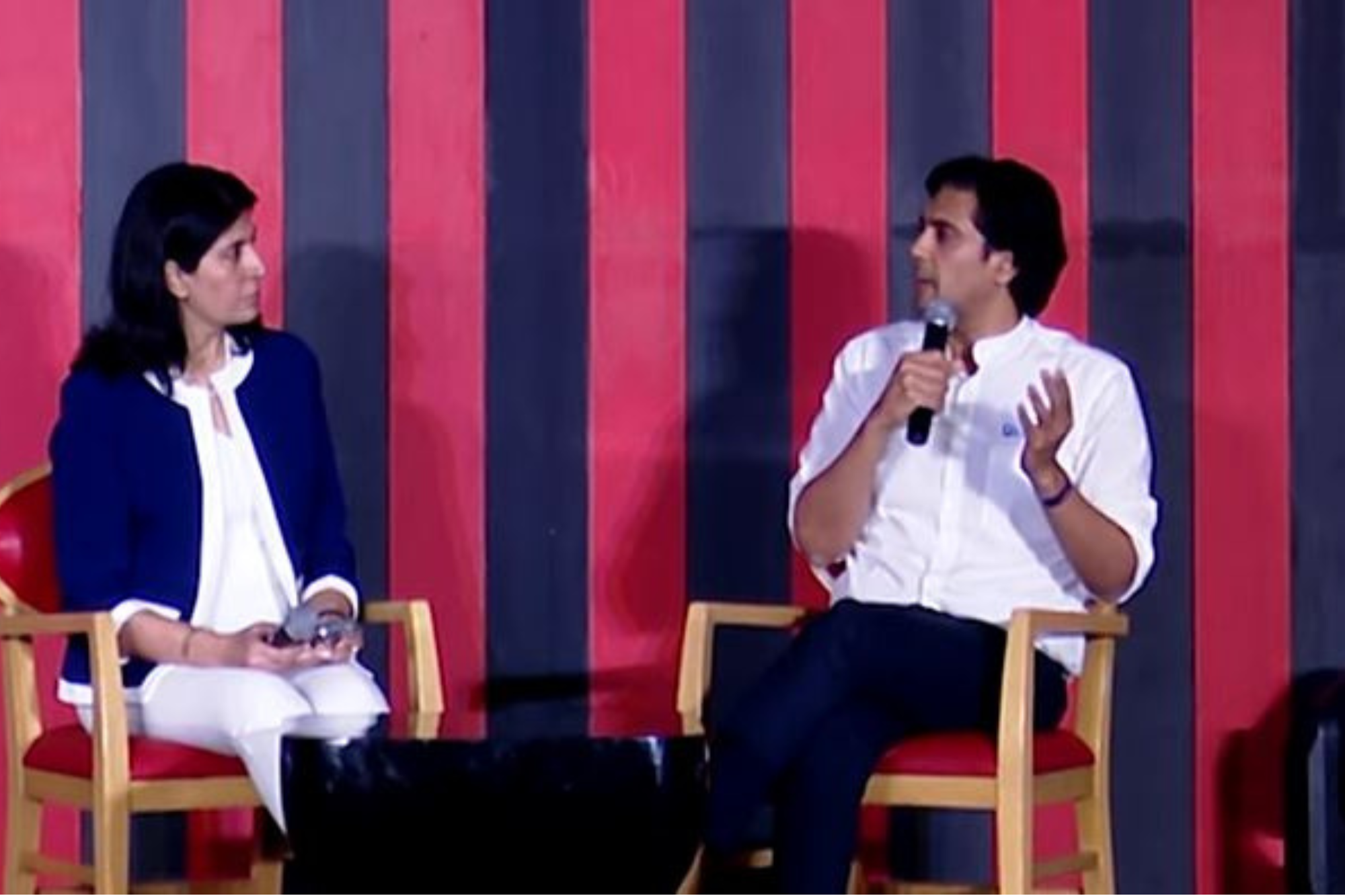How Indian Auto Component Manufacturers Can Move Towards Bigger Markets Tricks how Indians can lead the world in auto component manufacturing
By Pranav Jain •
Opinions expressed by Entrepreneur contributors are their own.
You're reading Entrepreneur India, an international franchise of Entrepreneur Media.

The automotive industry is on the verge of disruption with new business models. Electrification, digitization, autonomous driving and mobility as a service are the new trends that will dominate revenue pools, change the behavior of mobility and build new avenues for competition & cooperation. By 2030, automotive sales are expected to grow at around 8% that includes internal combustion engine vehicles as well as electric vehicles, capturing 60% and 40% of the Indian landscape respectively. Regulations & incentives, technological advancements and infrastructure developments will disrupt car ownership, public mobility and logistics.
In the midst of such changes, auto component manufacturer will experience the largest disruptions. Presently, Indian auto component industry contributes 25.6% to manufacturing GDP and 3.8% to national GDP, providing employment to 1.5 million people. Through make in India, government expects to increase the share of manufacturing sector to national GDP from 16% presently to 25% in 2022. Under AMP 2026, auto component industry is expected to reach US $200 bn from current US $43.5 bn. With this the exports are expected to reach US $80 bn, accounting to 40% of total turnover of the industry. Expectations reflect a new India but to achieve this target, Indian manufacturers have to closely monitor their value innovation proposal for a sustainable business model.
The economics behind the auto component disruption is easy to understand. Consider the two vehicle segments i.e. ICE powertrain & BEV powertrain. As per the present conditions, an ICE powertrain's value is divided into three portions: raw materials (10-15% of vehicle cost), component supplier (50-55% of vehicle cost) and OE manufacturer (30-35% of vehicle cost). While a BEV powertrain's value is divided into four portions:raw materials (15-20% of vehicle cost), component supplier (30-35% of vehicle cost), battery supplier (35-40% of vehicle cost) and OE manufacturer (15-20% of vehicle cost). This difference of value proposal between an ICE vehicle and an EV will pose opportunities for local manufacturers. But the question is, what do component manufacturers need to do for a profitable win?
Focussing on Manufacturing Locally
When a vehicle rolls out of a factory, nearly 35-40% of components used in that vehicle are imported. With EV's coming in picture, this percentage is expected to increase due to lack of technological expertise and investments. Since imported components play a major role in increasing the price of the vehicle, manufacturing locally will be the only solution to cost, time to operate and integrated offerings. Taking example of EV's, OEM's import nearly 2/3rd EV components. If this fraction will reduce to complete localization, the cost of a EV sedan running for 200,000 Km for a period of 5 years will break even with an ICE sedan.
Addressing Skill Gaps
Innovation across new technologies and product offerings can be driven by a talent pool that understands the technology, geographical boundations and customer perception. The industry has been dominated by ICE technology for nearly a decade and major innovations have been a part of ICE technology. Now with electrification and digitization, new set of skills need to be honed. An integrated approach towards knowledge sharing and technology generation needs to be jointly adopted by shareholders, industry experts, academia, government and potential youth. By creating an environment of technological monopoly, a change in global perception will be triggered.
Developing Capabilities
The future competing market will be completely different from present. As the industry matures, the component supplier are expected to take their respective positions that define their operations. The manufacturers will get divided into two: Either they will gradually shift their offerings from ICE to EV portfolio or they will diversify into new product offerings such as fleet management, after market services and charging infrastructure. By developing capabilities in software, hardware and their integration, component manufacturers will be able to take a clear stand.
Increase Global Footprint
India entered deals worth US $47.8 bn in 2017, 33% higher than 2016. For gaining access across the three broad areas: electric & autonomous platforms, vehicle & infrastructure interface technology and electronics technology; automotive component manufacturers will have to explore internationally. M&A's with global players will give required expertise and confidence to local manufacturers to understand OE's requirements and move up the value chain while focussing on cost and quality competitiveness.












